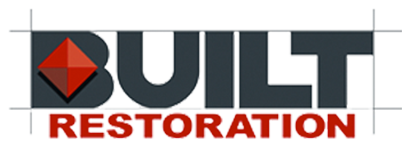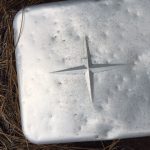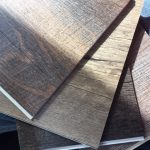
Category and Classification of a Water Intrusion
Every reputable restoration company works within the guidelines defined by the IICRC (Institute of Inspection Cleaning and Restoration Certification). These are industry standards that help restoration contractors perform their work safely and effectively. That being said, there are certain ways to identify, define, and mitigate water damage in a home. We here at Built would like to help explain these measures so you, as the homeowner, can understand the process of water mitigation better.
According to IICRC standards, there are 3 categories of water intrusion and 4 classifications of water damage pertaining amount, absorption, and evaporation. They are described as follows:
Categories:
- Category 1: From a sanitary source and poses no substantial risk from dermal, ingestion, or inhalation exposure. However, it may not always remain clean after it comes into contact with other surfaces or materials.
- Category 2: Significant contamination and has the potential to cause discomfort or sickness if contacted or consumed by humans. It may contain potentially unsafe levels of microorganisms or nutrients for microorganisms, as well as other organic or inorganic matter.
- Category 3: Grossly contaminated and may contain pathogenic, toxigenic or other harmful agents. Such water sources may carry silt, organic matter, pesticides, heavy metals, regulated materials, or toxic organic substances.
Classifications:
- Class 1: The least amount of water, absorption and evaporation. It affects only part of a room or area, or larger areas containing materials that have absorbed minimal moisture. Little or no wet carpet and/or cushion is present.
- Class 2: A large amount of water, absorption and evaporation. It affects at least an entire room of carpet and cushion. Water has wicked up walls less than 24 inches. There is moisture remaining structural materials and substructure soil.
- Class 3: The greatest amount of water, absorption and evaporation. Water may have come from overhead. Ceilings, walls, insulation, carpet, cushion and sub-floor in virtually all of the entire area are saturated.
Hopefully, this gives you a better idea of how water damage is assessed and mitigated. As always, have any questions feel free to contact us.




